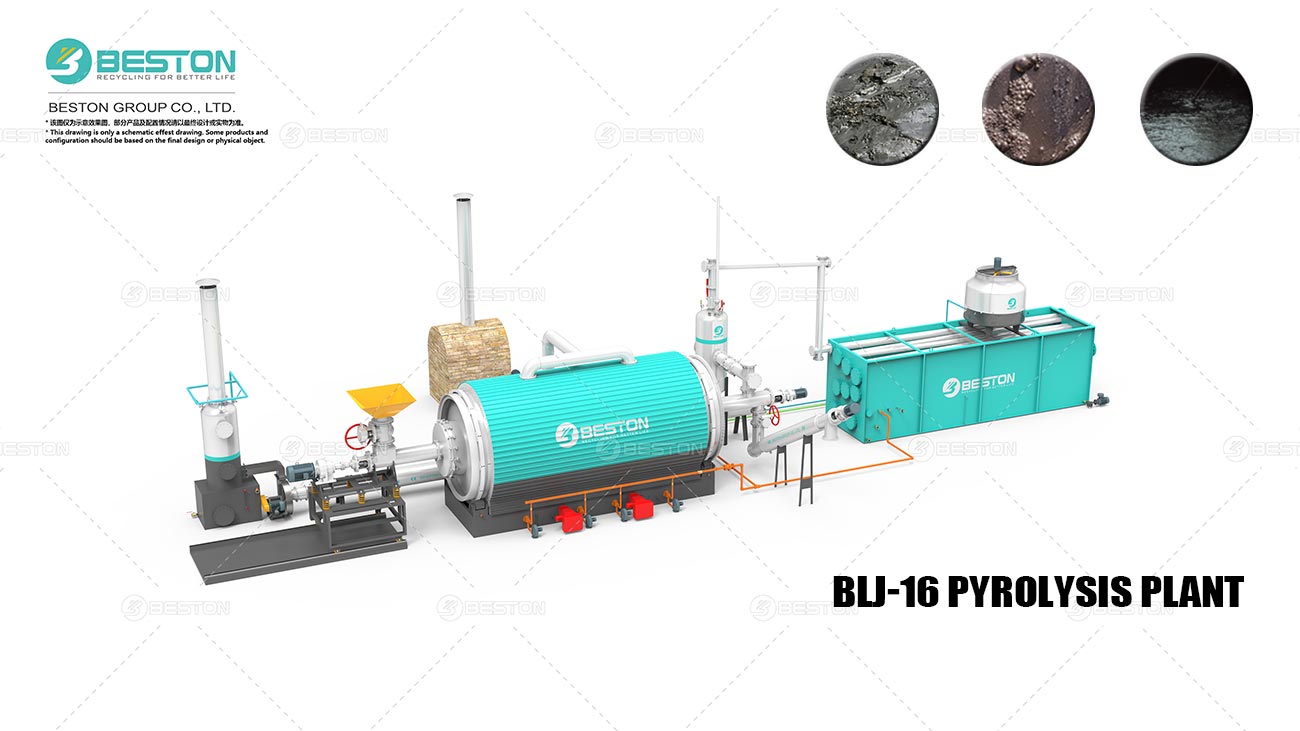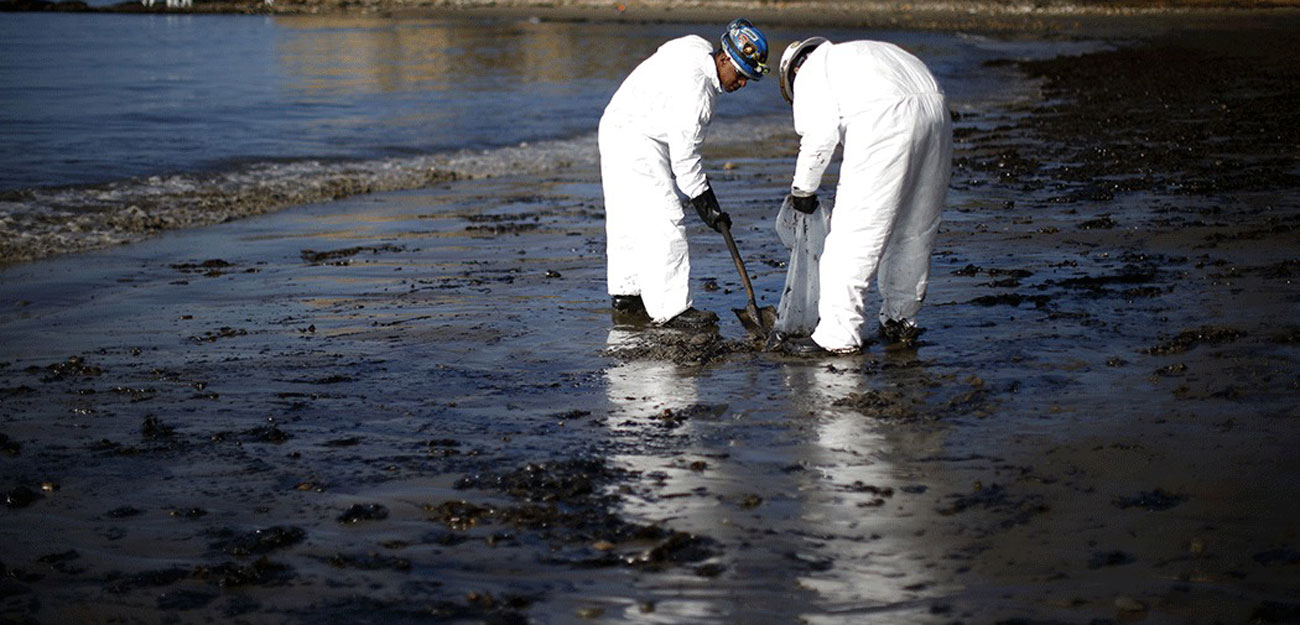When it comes to remediating contaminated sites, stakeholders are often faced with a crucial decision: choosing the most cost-effective method for the job. Among the array of remediation technologies available, the thermal desorption unit stands out as a powerful tool for addressing complex contamination challenges. However, understanding the cost implications of implementing a thermal desorption unit compared to alternative methods is essential for informed decision-making.
Initial Capital Investment
The upfront cost of acquiring and installing a thermal desorption unit is a significant consideration for project budgeting. These sophisticated systems require substantial capital investment due to their advanced technology and specialized components. In contrast, alternative remediation methods may have lower initial costs, such as excavation and disposal or in-situ treatment techniques. However, it’s essential to weigh this initial expenditure against the long-term benefits and effectiveness of thermal desorption technology.
Operating Expenses
One of the key advantages of thermal desorption units lies in their efficiency and minimal ongoing operating expenses. Once installed, these units require relatively low maintenance and energy consumption compared to alternative methods that may involve continuous monitoring, labor-intensive processes, or the use of consumables. Consequently, while the initial investment may be higher, the operational cost savings over the project lifespan can result in significant overall cost-effectiveness.
Treatment Efficiency and Timeframe
The effectiveness of remediation methods in achieving regulatory compliance and site closure goals is paramount. Thermal desorption unit, also called oil sludge treatment plant offer unparalleled treatment efficiency, capable of removing a wide range of contaminants with high precision and consistency. Moreover, the rapid processing capabilities of these units can expedite remediation timelines, minimizing project duration and associated costs. In contrast, alternative methods may be less efficient or require extended treatment periods, leading to higher overall project costs.

Site-Specific Factors
The complexity and characteristics of the contaminated site play a crucial role in determining the most suitable remediation approach. For sites with heterogeneous contamination or challenging geology, the versatility and precision of thermal desorption technology may offer distinct advantages, mitigating the risk of incomplete remediation or recontamination. However, for smaller or less complex sites, alternative methods such as bioremediation or soil washing may provide cost-effective solutions without the need for specialized equipment or extensive site preparation.
Regulatory Compliance and Liability Considerations
Compliance with environmental regulations and liability concerns are non-negotiable aspects of remediation projects. Thermal desorption unit, a kind of pyrolysis plant offers a proven track record of achieving stringent regulatory standards and providing defensible data for regulatory approval. This assurance of compliance can mitigate potential liabilities and associated costs related to future legal challenges or environmental damage claims. In contrast, alternative methods may carry higher regulatory uncertainty or require additional monitoring and verification efforts, adding complexity and potential costs to the project.

Long-Term Site Management
Effective remediation extends beyond the treatment phase to encompass long-term site management and monitoring. Thermal desorption units produce treated soil that meets regulatory criteria for reuse or disposal, minimizing the need for ongoing site maintenance or monitoring. Additionally, the thorough removal of contaminants by thermal desorption technology reduces the risk of residual contamination and associated long-term liabilities. Alternative methods may require ongoing maintenance, monitoring, or institutional controls, leading to higher lifecycle costs and potential future liabilities.
Conclusion: Striking the Balance
In conclusion, the cost implications of implementing a thermal desorption unit for remediation must be carefully evaluated in the context of project-specific factors and long-term objectives. While the initial capital investment may be higher compared to alternative methods, the efficiency, effectiveness, and long-term cost savings offered by thermal desorption technology can outweigh these upfront costs. Ultimately, by conducting a thorough cost-benefit analysis and considering site-specific factors, stakeholders can make informed decisions to achieve optimal remediation outcomes while maximizing cost-effectiveness and regulatory compliance. Welcome to Beston Group for further information!